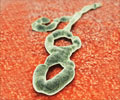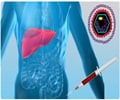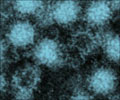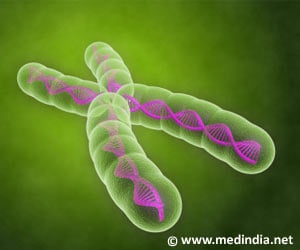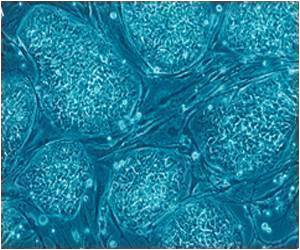How the RNA molecules found in certain viruses can mimic the shape of other molecules in the attempt of hijacking a cell and making more viruses has now been explained by researchers

Viruses are worldwide threats to health and agriculture. To multiply, viruses infect a cell and take over that cell's biochemical machinery. Thus, understanding the fundamental molecular processes used by viruses to conquer cells is important. Among these processes is the ability of molecules created by viruses to 'mimic' the structure and behavior of cellular molecules. The virus' molecular 'Trojan horses' are part of their strategy to take over cells.
The paper describes the three-dimensional structure of a viral RNA that mimics one of the most abundant RNAs found in the cell. It was known for many years that this viral RNA was a molecular mimic. However, how the RNA acts as a mimic, how it switches between different structures, and how it performs multiple tasks was a mystery.
Using a technique called x-ray crystallography, Kieft and colleagues visualized the molecule's complex three-dimensional structure to high resolution. They found that the viral RNA has a 'two-faced' architecture: one face is a mimic of the cell's RNA, the other face is less similar and this probably gives the ability to perform several tasks during infection. This type of behavior may be widespread, thus this research could apply to many different viruses.
This understanding of how a viral RNA can mimic other molecules as part of a strategy to 'hijack' a cell may help scientists develop treatments or vaccines against infectious diseases.
Advertisement

